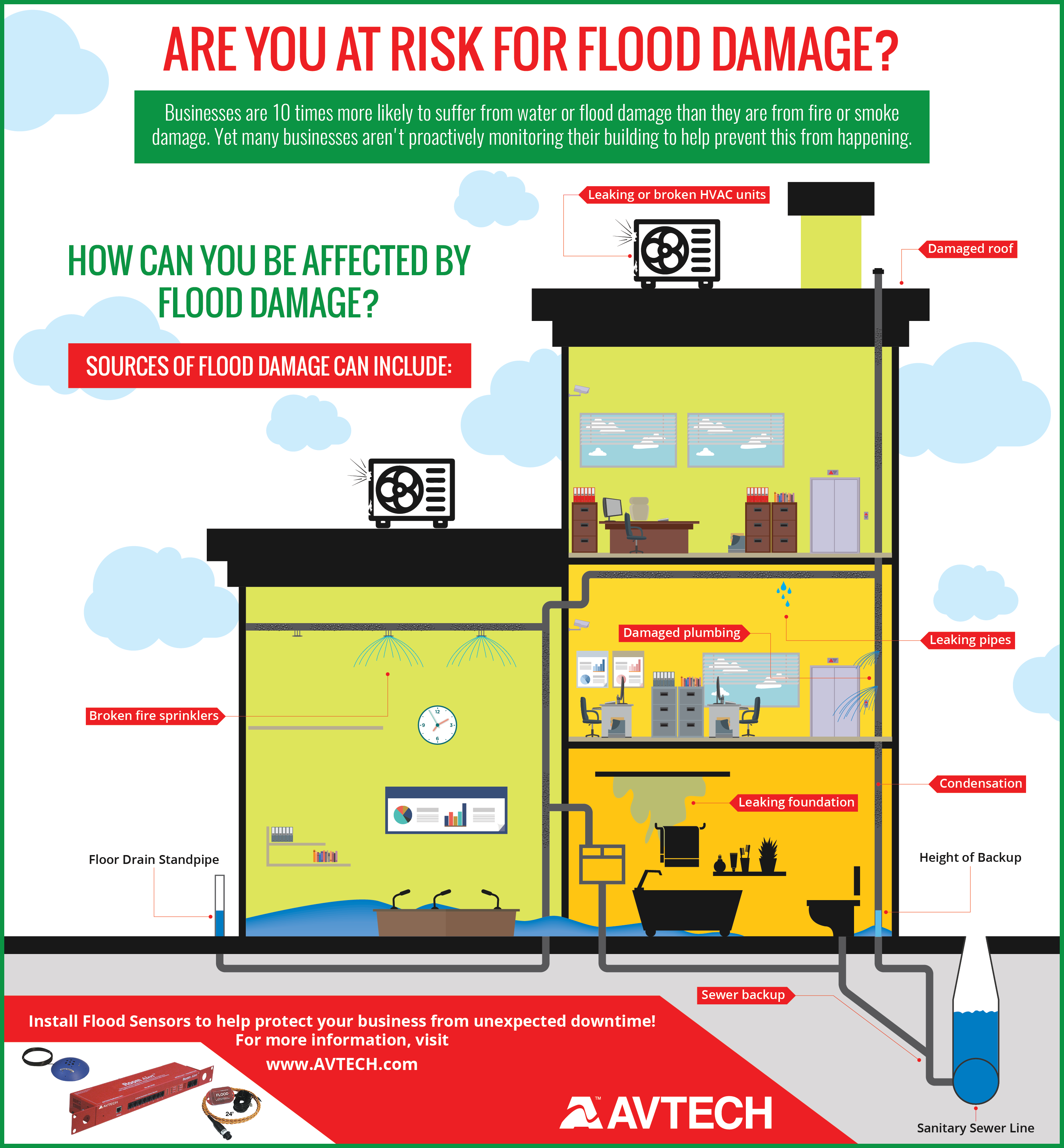Comprehending The Influence Of Climate Conditions On Photovoltaic Panel Performance: Secret Truths To Consider
Comprehending The Influence Of Climate Conditions On Photovoltaic Panel Performance: Secret Truths To Consider
Blog Article
Short Article Created By-Kristiansen Maldonado
When it pertains to photovoltaic panel efficiency, comprehending exactly how weather come into play is key. Picture this: your photovoltaic panels basking in the sun's glow, taking in energy to power your home. Yet what happens when clouds roll in or temperature levels change? How does that effect your power manufacturing? By delving solar panels installation companies into the complex dancing between climate and solar panels, you'll reveal vital understandings that can aid you make the most of your renewable energy setup. Check out the nuances of sunlight intensity, temperature results, and the function of cloud cover and rains in optimizing your solar panel performance.
Influence of Sunlight Strength
Sometimes, the intensity of sunlight can substantially impact the efficiency of photovoltaic panels. When hop over to this site is solid and direct, your photovoltaic panels produce even more power. Nonetheless, throughout gloomy days or when the sun is at a low angle, the panels obtain much less sunshine, decreasing their effectiveness. To make best use of the power outcome of your solar panels, it's vital to mount them in locations with enough sunlight exposure throughout the day. Consider variables like shading from close-by trees or structures that could obstruct sunlight and lower the panels' performance.
To maximize the performance of your photovoltaic panels, on a regular basis clean them to remove any dust, dirt, or particles that might be blocking sunlight absorption. Additionally, guarantee that your panels are tilted properly to get one of the most direct sunlight possible.
Impact of Temperature Level Changes
When temperature changes happen, they can have a significant impact on the effectiveness of photovoltaic panels. Photovoltaic panel work ideal in cooler temperature levels, making them much more effective on mild days contrasted to extremely hot ones. As the temperature boosts, photovoltaic panels can experience a decline in efficiency because of a sensation called the temperature level coefficient. This result creates a decrease in voltage result, inevitably affecting the total power production of the panels.
Conversely, when temperature levels drop too reduced, photovoltaic panels can likewise be affected. Exceptionally cold temperatures can bring about a decrease in conductivity within the panels, making them much less reliable in producing electrical power. This is why it's vital to consider the temperature level conditions when setting up photovoltaic panels to maximize their performance.
Role of Cloud Cover and Rainfall
Cloud cover and rainfall can substantially affect the efficiency of photovoltaic panels. When clouds obstruct the sun, the amount of sunlight reaching your solar panels is minimized, bring about a decline in power production. Rain can also impact solar panel effectiveness by obstructing sunshine and producing a layer of dust or gunk on the panels, additionally lowering their capacity to generate electricity. Even light rainfall can spread sunshine, causing it to be less focused on the panels.
During cloudy days with hefty cloud cover, solar panels might experience a substantial drop in energy outcome. Nevertheless, it deserves noting that some contemporary photovoltaic panel innovations can still produce electricity also when the sky is cloudy. Furthermore, rain can have a cleansing effect on photovoltaic panels, getting rid of dirt and dust that might have collected gradually.
To take full advantage of the effectiveness of your solar panels, it's necessary to consider the influence of cloud cover and rainfall on power production and guarantee that your panels are appropriately maintained to stand up to differing weather conditions.
Conclusion
Finally, climate plays a significant duty in the performance of your photovoltaic panels. Optimizing sunlight direct exposure, taking care of temperature modifications, and keeping track of cloud cover and rainfall are crucial aspects to consider for optimal energy generation. Normal maintenance, such as cleaning up panels, is crucial for maintaining peak performance. By understanding just how weather condition impacts your photovoltaic panel performance, you can make educated decisions to maximize power result and savings.
